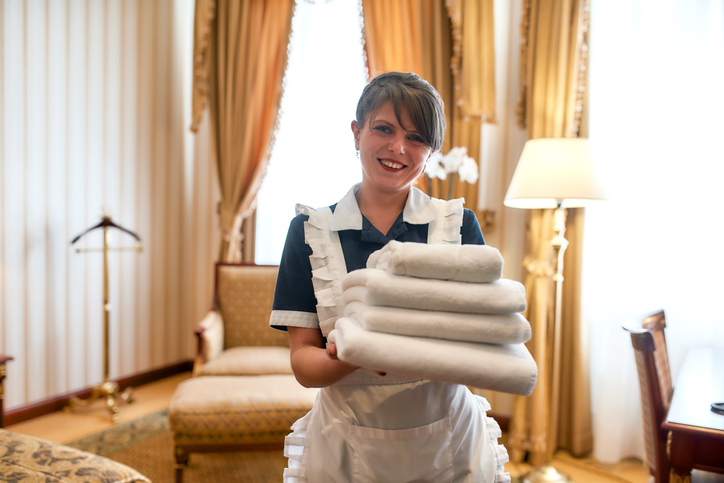The biggest line item for nearly every hotel’s operating costs is the housekeeping department. That isn’t going to change any time soon as rooms need to be cleaned in order for them to be resold. Yet, we strive to continuously optimize this expenditure, be it through overtime reduction, inflationary wage controls, automation or other smart labor management tools.
The two of us caution, though, that there is a hidden cost here that hoteliers aren’t properly weighing within their analyses – the resources spent in finding replacement workers. There’s a lot of talk about the increasing costs of running a property and how hourly wages need to be kept in check, but perhaps this is the lesser of two evils.
Just think about what happens when a housekeeper leaves in terms of total replacement costs:
- Your property may not be able to clean all rooms and make them available for resale, limiting occupancy and gross revenues
- There may be interruptions or full cessations of specific services impacting guest satisfaction
- There may be interruptions or full cessations of amenities impacting ancillary revenues
- Human resources must spend more time on recruitment and screening of new hires
- Paid overtime increases while these overworked room attendants are more likely to burn out or accrue an illness that leads to short-term disability leave
- You may have to use sign-on incentives for new hires
- Veteran team members must devote time to onboard the new hires
- And when veteran team members depart, you incur loss of leadership which can stymy training, team morale, accounts payable (impacting supplier relationships) or brand innovation
All told, the cost of letting a good team member quit is greater, in all but a few cases, than the cost of keeping pace with local market wage benchmarks (or national benchmarks in the case of the more mobile, managerial roles).
Turnover is thus the critical challenge for hotel labor across all positions within the organizational structure. Before the pandemic, housekeepers were in short supply. Now, in 2023, they are still sparse, while executives must also contend with supply shortages and churn in other departments as well as amongst the managerial ranks. To resolve this scourge, we need to fundamentally rethink our approach to employee incentivization.
This rethink starts by more scrupulously examining the turn cost of turnover in relation to what it takes monetarily to keep apace with market wages or comparatively fair compensation. Beyond this, hotels must look to non-wage incentives and technology to help right the ship.
To close with some tips and tricks, hoteliers should consider the following:
- Use big data labor reports to first understand how their wages and salaries for key roles compare to market benchmarks, and then actually use this information to stay ahead of competitors
- Deploy smart labor management tools to incentivize housekeepers through such features as seniority-based room cleaning orders, flexible shiftwork scheduling and ‘clopening’ alerts
- Cash tips for room attendants dropped precipitously during the pandemic, yet now there are a few QR-based digital tipping platforms that can help hotels reactivate this financial incentive
- Take employee wellness seriously by making it a process of continuous reevaluation, focusing on nutritious staff meals, mental health programming, group exercise classes, teambuilding offsites and redesigning back-of-house spaces to incorporate more uplifting, ‘green atmospheric’ design
